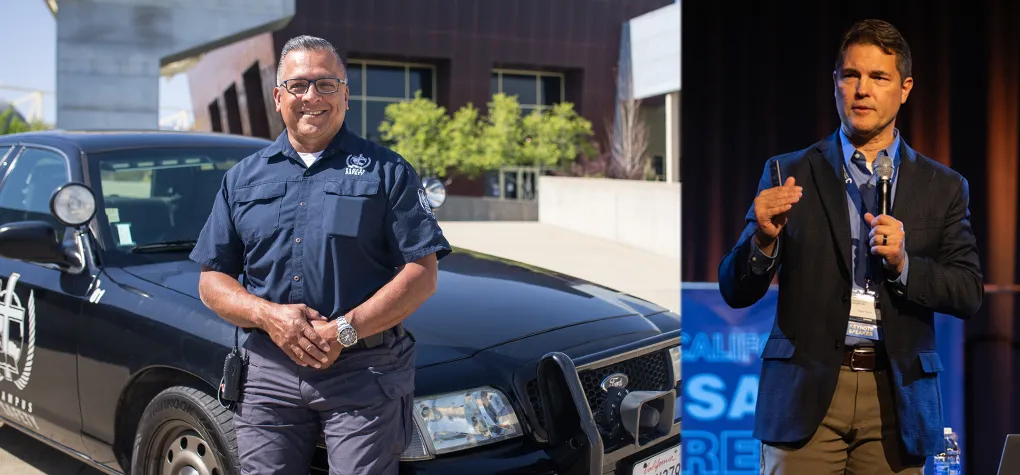
Jessup’s SOE Presents School Safety Conference
Last October 19, Jessup’s School of Education (SOE) presented a School Safety Conference dedicated to enhancing school safety and preparedness. The event brought together regional educators, administrators, safety professionals, emergency personnel, and mental health experts to share insights, strategies, and best practices for ensuring the safety and well-being of our school communities.
The conference provided educators tools and products based on three different phases of a crisis. These phases included developing a preparedness plan, taking action during a crisis, and the vital (and often overlooked) after-action care plan when students and teachers return to campus. Also addressed were critical issues surrounding school safety, featuring leading experts who provided insights and practical strategies for creating safer educational environments.
The event featured three keynote speakers including Paul Timm, Natalie Hammond and Dr. Melissa Reeves. Timm is the director of education safety at Allegion and discussed three keys to effective school security. Hammond is a Sandy Hook Elementary School shooting survivor and shared her perspectives and expertise surrounding resiliency in the aftermath of tragedy. As the former president of the National Association of School Psychologists, Dr. Reeves presented on the next steps in crisis management: ensuring seamless recovery and reunification procedures.
School safety is a major concern for many parents, educators, and leaders. Data shows that many parents are looking for safer places for their children to receive an education. Data also reveals that many schools are unprepared for a traumatic event, especially after one has occurred. Several breakout sessions were offered to address these concerns and more. Nearly 20 organizations presented covering nearly 30 topics. Many state-of-the-art products such as an artificial intelligence integrated video demonstration detecting gun violence before it happens were also featured.
Jessup’s SOE partners with over 600 local schools and is honored to provide this vital information to the surrounding community. “The Safety Conference was one important step in helping our local campuses be a safe place for students to receive a great education,” said Jessup’s SOE Dean, Nathan Herzog.
Although the conference focused on K-12 education, Campus Security at Jessup is a top priority. “In many ways, the nuts and bolts of securing a campus community are the same when addressing potential threats, lock down procedures and getting vital communication information out,” said Jessup’s Director of Campus Safety, Paul Ybarra. “Our training is a bit different in the sense that our campus is equipped with a full lock down system allowing our entire campus to be secured within seconds, if needed.”
Campus Safety is comprised of eight security officers and two student workers as well as Ybarra. “Our team is licensed through the Bureau of Security and Investigative Services, an organization run by the State of California. “In addition to our training, we regularly test our access control and notification systems to ensure all operations are performing as expected,” Ybarra added.
Ybarra is part of the Placer County Threat Assessment team of nearly 20 plus agencies including Rocklin Police Department (PD), Lincoln PD, Roseville PD, Federal Bureau of Investigation, California Highway Patrol and Sacramento County Sheriff. “There is a lot of critical information shared within this group that helps us be proactive and prepared for any potential threat,” Ybarra added. Good information to know. particularly with many large scale events held on campus. “Our radar is certainly up and we’re ready to respond when necessary.”
Jessup’s campus is equipped with 45 surveillance cameras, some of which are placed at the entrance and exit to all campus residential spaces. Campus Safety is patrolling the campus 24×7 and residence directors and assistants are also trained to respond in emergency situations. “The most important thing I can’t stress enough to students, faculty and staff is to always be aware of your surroundings. If you’re going to use your phone, hold it up higher so you engage your peripheral vision. A few small changes can make a big difference when it comes to safety.”
